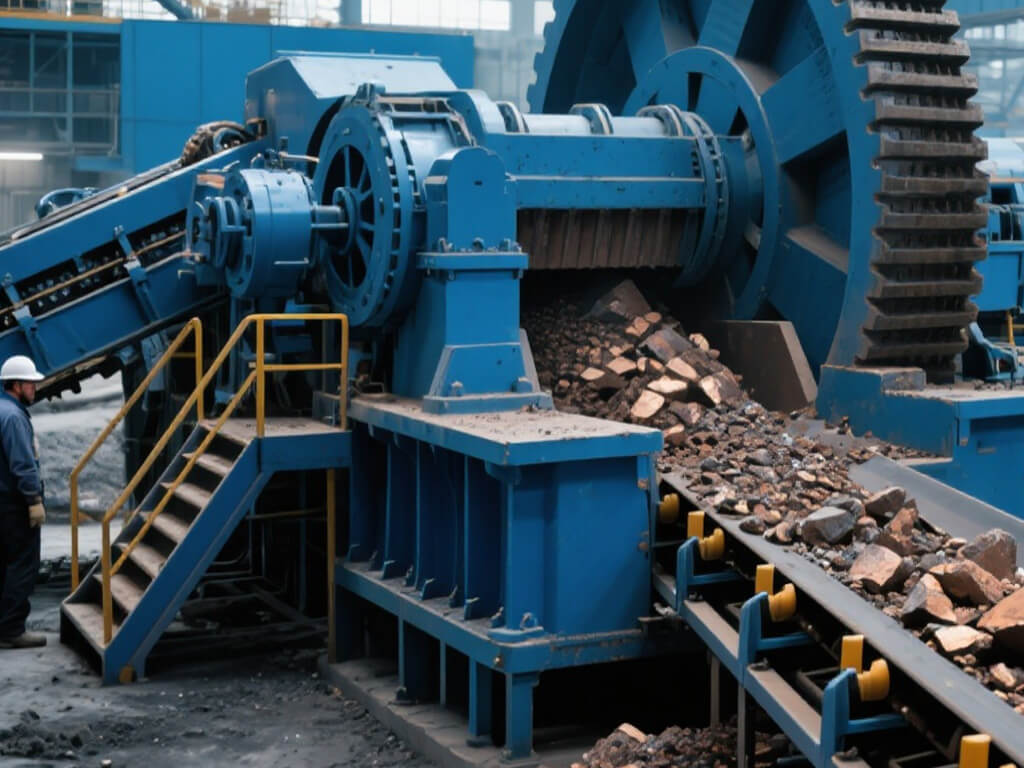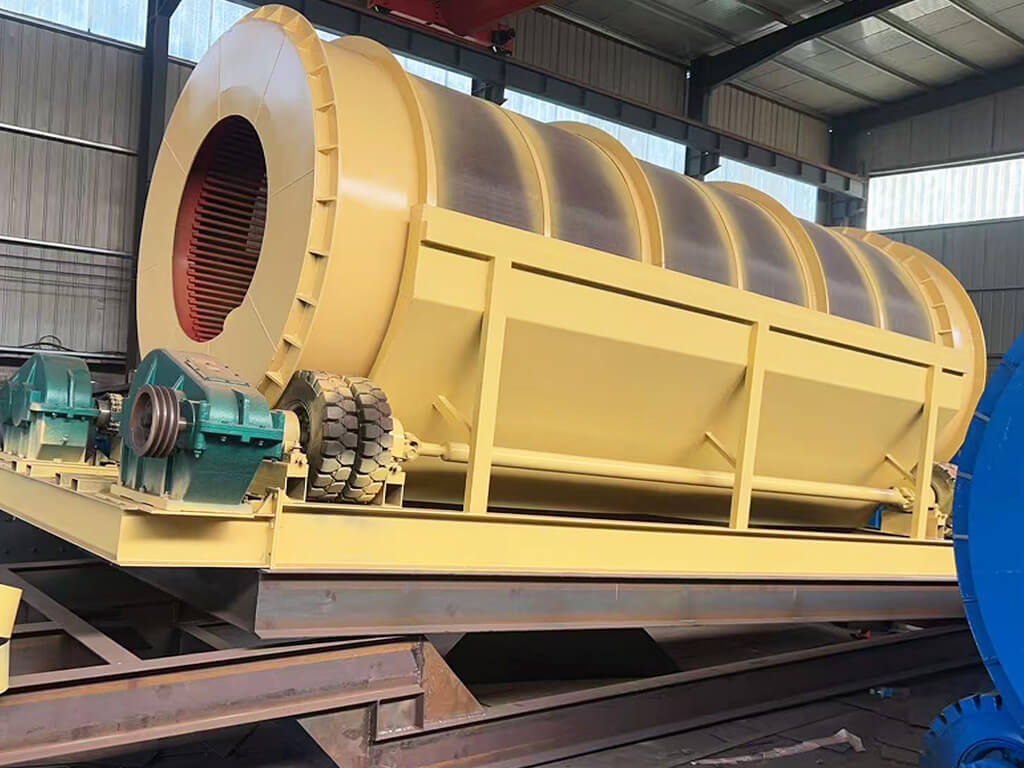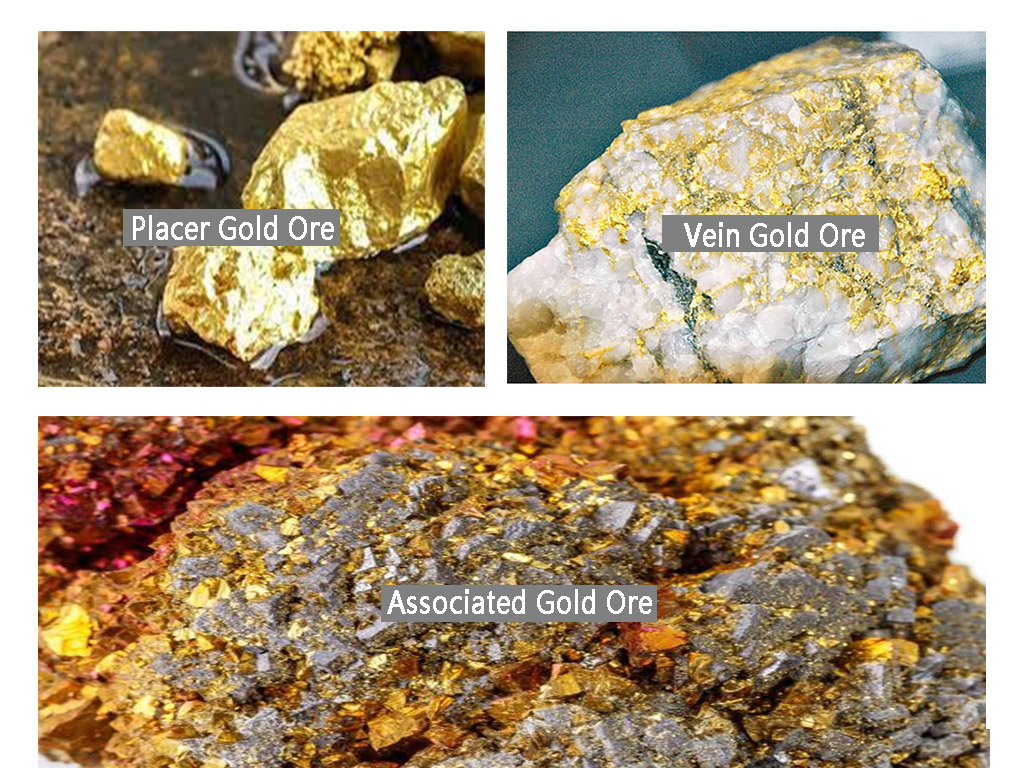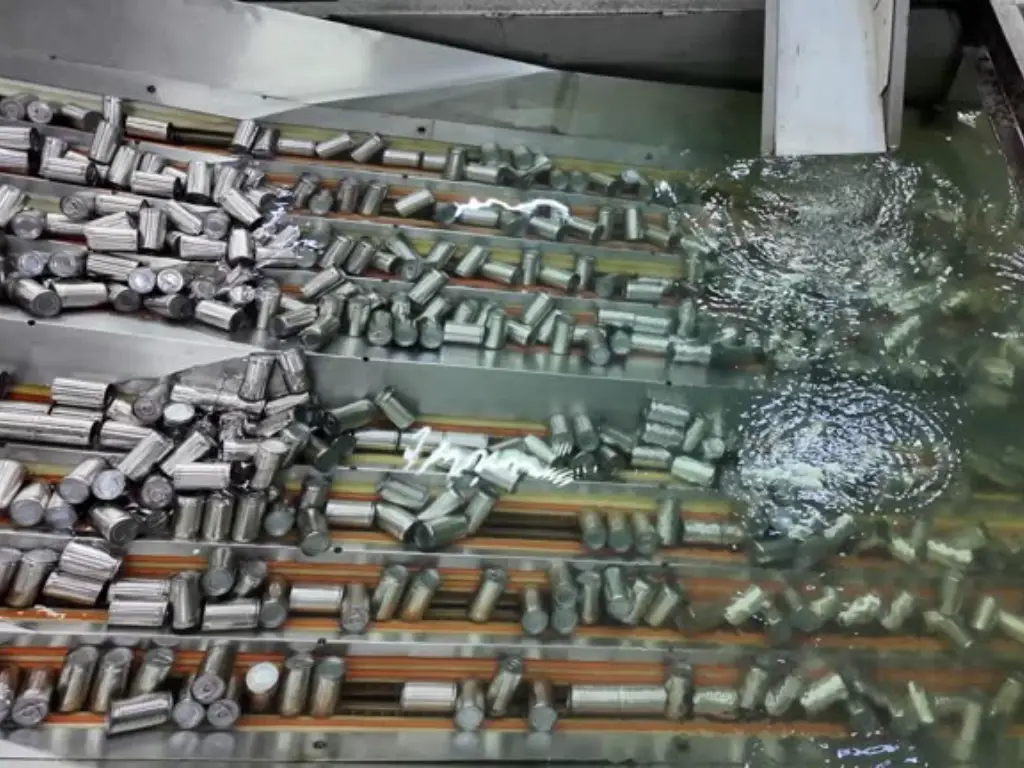- Home
- Blog
- Mineral Solution
- Mastering the Gold Extraction Process: Expert Tips
- minejxsc
History of Gold Mining and Extraction Techniques
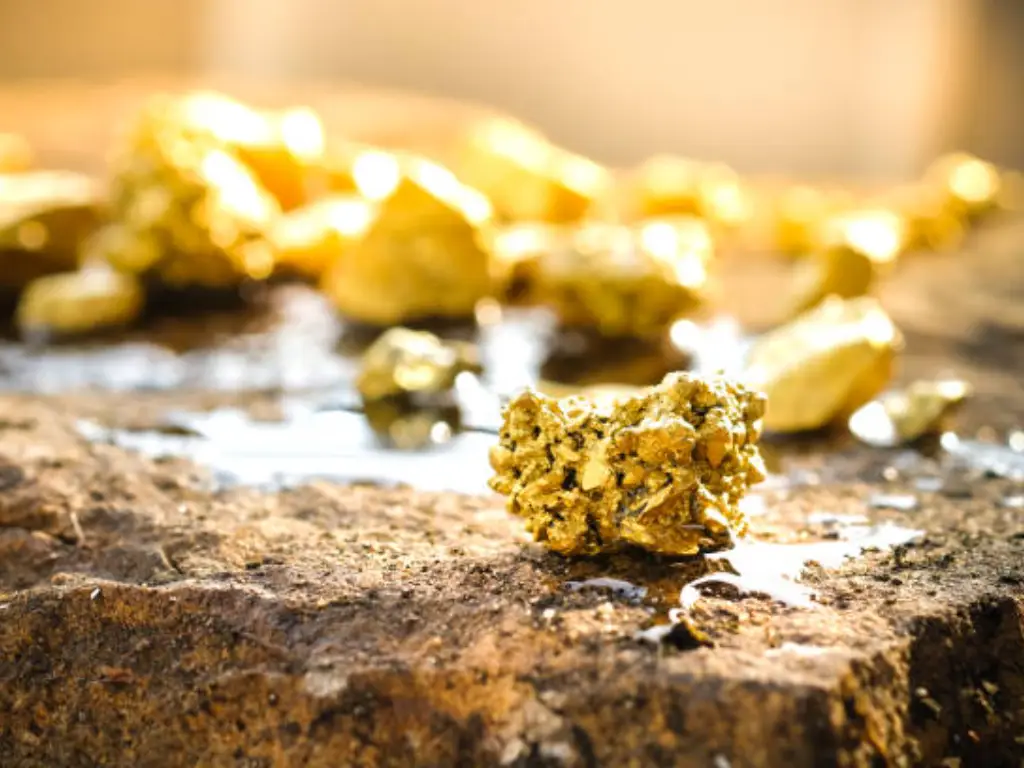
What is the Gold Extraction Process?
The methods used in the extraction of gold from its ores can be divided into many functional ones that are capable of facilitating the removal of gold from the body of the ore. Below is a table summarizing the key processes:
| Process | Description | Pros and Cons | Applications |
|---|---|---|---|
| Gravity Separation | Uses gravity to separate gold from ore | Simple, cost-effective but limited to coarse gold | Best for free gold and coarse gold particles |
| Flotation Separation | Uses chemicals to create frothy bubbles that gold clings to | Effective for sulfide ores but requires complex chemicals | Suitable for ores with high floatability |
| Cyanidation | Uses cyanide solution to dissolve gold | High efficiency but toxic and environmentally harmful | Commonly used in large-scale mining operations |
| Heap Leaching | Involves stacking ore and applying cyanide solution | Low cost, suitable for low-grade ores but process slowly | Widely used in open-pit mining |
| Amalgamation | Uses mercury to form an amalgam with gold | Simple, effective,buthighly toxic | Used in artisanal mining |
| Smelting | Involves melting ore to extract gold | Produces pure gold consumes high energy | Final step in gold refining |
| Electrowinning | Uses electrical currents to precipitate gold from solution | High purity, efficient but requires precise control | Often used after cyanide leaching or heap leaching |
Gravity Separation
Gravity concentration is one of the oldest techniques used for the concentration of gold. This process takes advantage of the fact that gold has a different specific gravity from other minerals. In a spiral concentrator, the ore is introduced into the upper terminal of a spiral chute. When water is passed over the ore, the lighter particles are washed away while the heavier gold particles are deposited at the base. This method is cheap and easy to apply and is suitable for use in coarse gold and free gold particles in the placer deposits.
JXSC is a professional gravity separation equipment manufacturer, which can provide you with the main equipment to improve your gold extraction rate and achieve best results in your mining work.
Flotation Separation
Cyanidation
Heap Leaching
Amalgamation
Smelting
Electrowinning
How to Choosing the Right Gold Extraction Method for Different Needs?
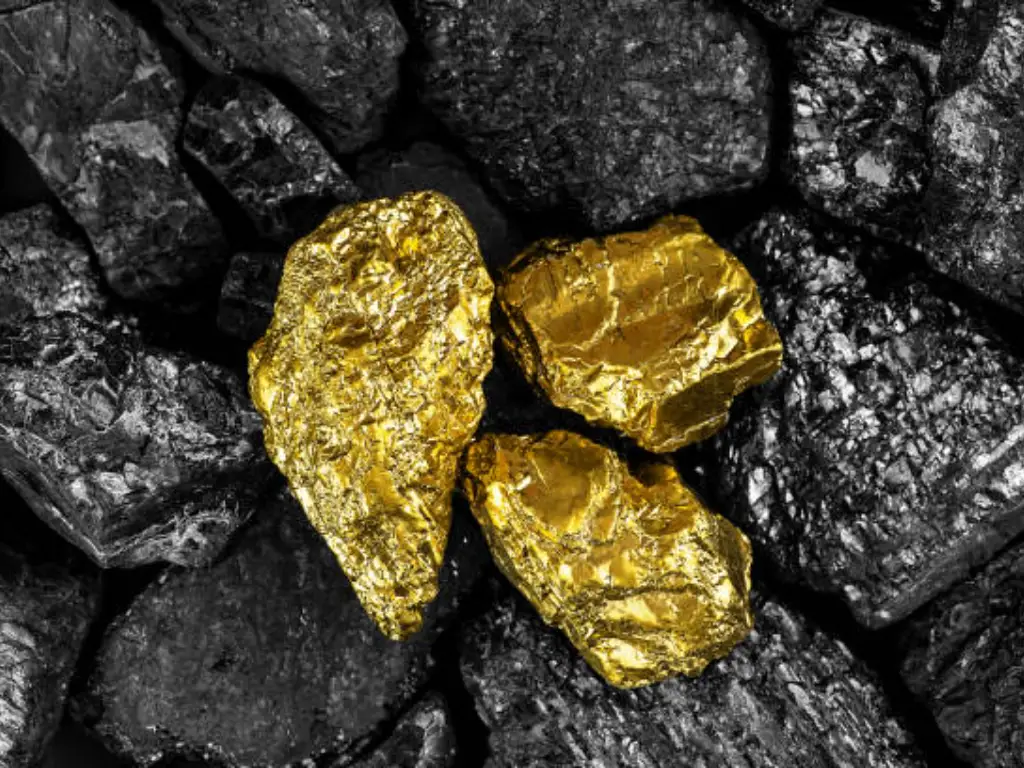
Safety and Environmental Considerations in Gold Ore Extraction
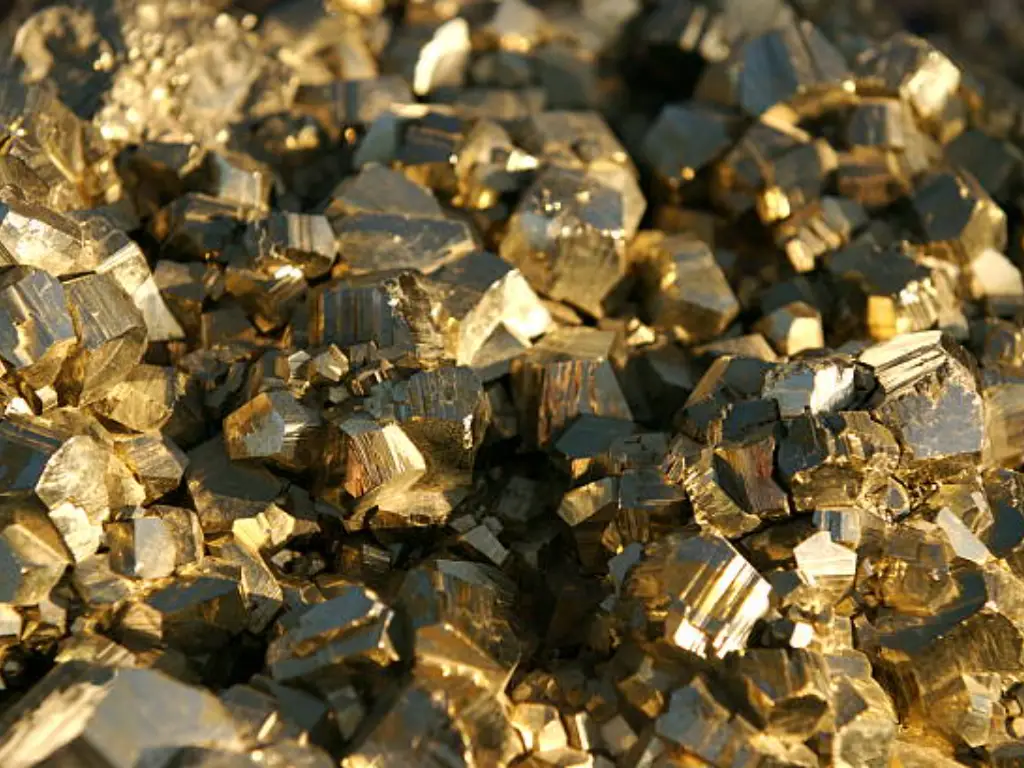
Conclusion
Boost Gold Extraction Efficiency with JXSC's Expert Equipment
FAQs
Small-scale gold mining is usually done manually with tools such as pick, shovel, pan, and sluice, and with the use of mercury. It is frequently informal and unregulated. Industrial gold mining, on the other hand, is characterized by large scale operations, the use of sophisticated equipment and methods such as cyanide leaching, flotation and electrowinning. Industrial mining is controlled and aims at productivity, output, and the conservation of the environment.

